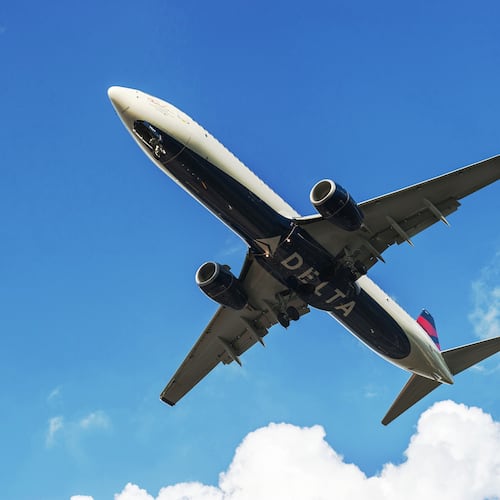It is the eyes that often betray a drugged driver.
If they are glassy or blood shot, pupils dilated or constricted, or if they exhibit a jerky motion when following a smooth horizontal movement, it tells a police officer a lot about the type of drug someone has used. But not if they don’t know what to look for.
An advanced police training course gaining in popularity in Georgia called the drug recognition expert program goes a step beyond Standardized Field Sobriety training, which is focused on alcohol impairment, to help police identify if a driver is under the influence of drugs.
Drug recognition experts complete 240 hours of field and classroom training that teaches them to recognize the effects of seven different categories of drugs: depressants, stimulants, anesthetics, hallucinogens, narcotics, inhalants, and marijuana. Signs and symptoms of drug impairment vary depending on the type of drug used.
“It’s also common to see people under the influence of three, four and five different drug categories at one time,” said Jonathan Fuss, who manages the alcohol and drug impaired driving program for the Georgia Public Safety Training Center. “When you see someone completely obliterated and behind the wheel of an automobile, it’s scary.”
DRE students participate in training exercises where they examine volunteers who are already under the influence of drugs and figure out what they’ve taken. A urinalysis test then confirms if they are correct.
Recently, a woman who had been partying at a nightclub in Duluth volunteered to be examined by 10 students in training who were stationed nearby. (Volunteers sign waivers saying they agree to help police in the training exercise in exchange for the assurance that it will not be held against them.)
She was fidgety, messing with her hair and picking at her fingernails.
Her pupils were dilated and she talked fast, indicating she was on a stimulant, said J.R. Harper, the state DRE Coordinator for Georgia. The woman tested positive for five kinds of drugs in her system.
“The only thing she didn’t come back positive for was PCP and methadone,” Harper said in wonder.
There’s little research on the prevalence of drugged driving in America compared to drunken driving. A national survey found that in 2007 about one in eight weekend, nighttime drivers tested positive for illicit drugs, according to the National Highway Traffic Safety Administration.
Currently only about 150 of the state’s 26,500 sworn law enforcement officers are DRE certified. An additional 45 officers statewide have obtained instructor-level training.
The program has been available in Georgia since 1991, but Harper said he has noticed an increased amount of interest in DRE training over the past decade.
The Marietta Police Department has a relatively large contingent of DRE certified officers — three officers and an instructor out of its total 132 sworn officers. Department spokesman Officer David Baldwin said the training is more valuable now than ever because of the increased popularity of prescription and designer drugs like bath salts and synthetic marijuana.
Marietta Police Officer Justin Rutland, who received his DRE certification about five years ago, described one instance where the training came in handy. After talking to a male driver who traveled on the wrong side of the road and ran several red lights, eventually crashing his car, Rutland was able to determine that the driver was not drunk or drugged but was suffering from a diabetic episode.
“Ironically, the driver of the car that he crashed into was DUI,” Rutland said. “She was coming home from (a restaurant) where she had several drinks. She was arrested and went to jail. He went to the hospital.”
About the Author
The Latest
Featured

